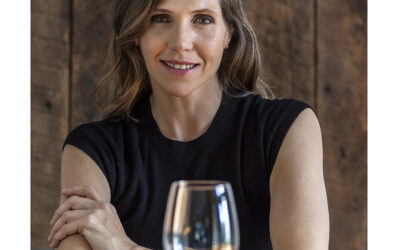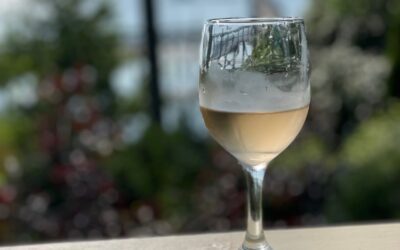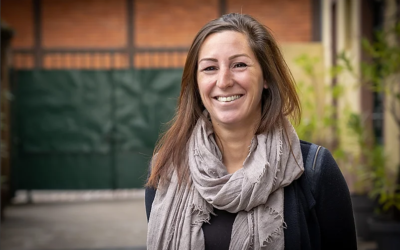Champagne has many wonderful stories of people who made an impact, survived through rough times, and persevered to make it one of the most prestigious wine regions of the wrold. One such person is Madame Louise Pommery.
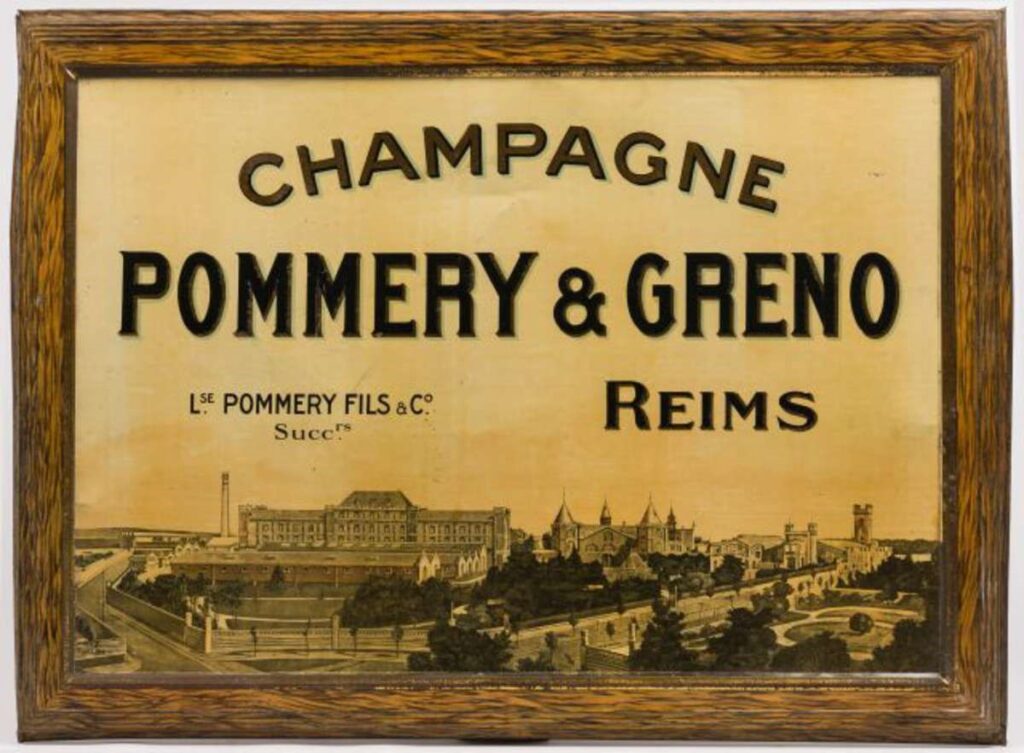
Louise Pommery (1819-1890) was married to Alexandre Pommery in 1839. In 1860 Madame Pommery, recently widowed, took over as head of the champagne house, Pommery & Greno.
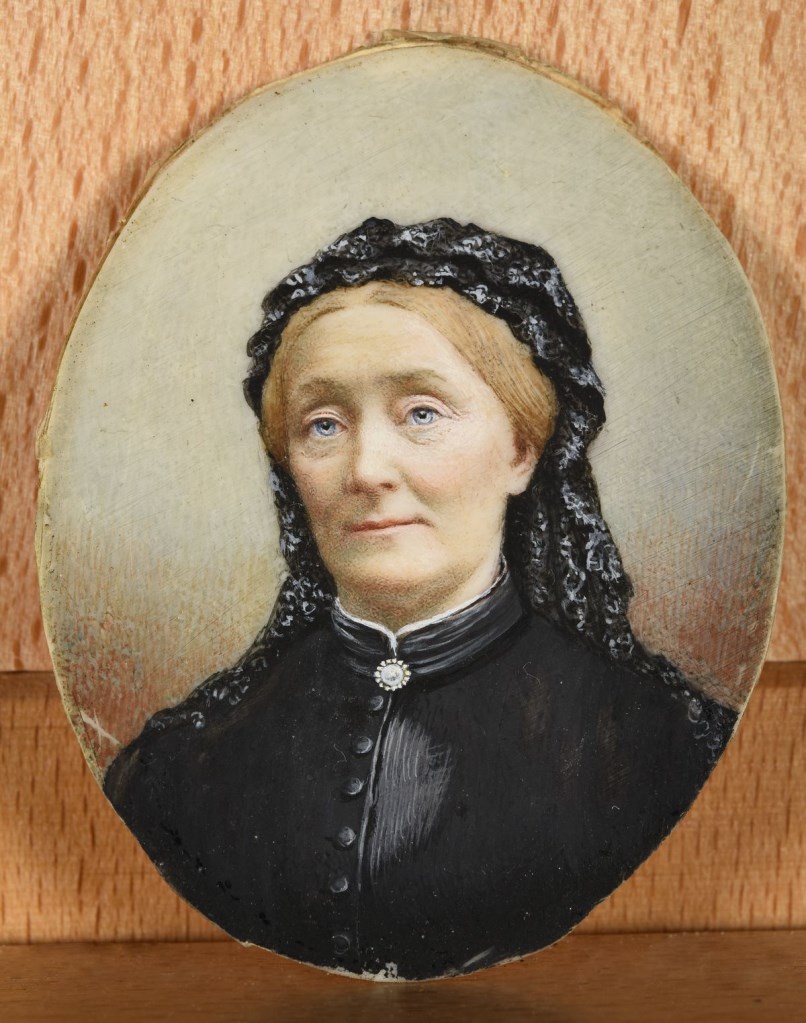
Widows taking control of the business was not unusual in Champagne – there were many, including the famous Veuve (widow) Clicquot. as a crossroads of Europe, Champagne was also the site of many battles, which made many widows.
Madame Pommery, wanted to produce a different type of champagne, so she decided to relocate. In July 1868, she launched what would be the largest construction project of the century in Reims, the transformation of ancient Roman chalk quarries into wine cellars. French and Belgian miners dug 18 kilometres, 30 metres below the earth, of interconnected galleries formed of barrel vaults and rib vaults.
Those ancient quarries are often as deep as a hundred feet below the surface. Madame Pommery was not the first to think of using them as wine cellars. But with a total length of some seven and a half miles, the Pommery ones are among the vastest of all.I t was a giant subterranean town. Thanks to madame Louise’s entrepreneurial courage and ability, Pommery Champagne was conquering an ever increasing market share around the world.
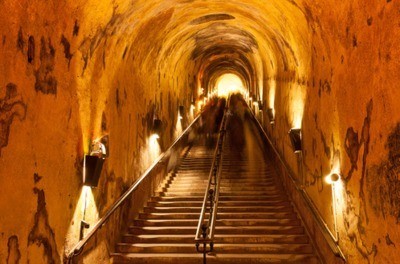
And so, as tunnels and niches were opened in the cellars, madame Louise had them proudly decorated with plaques by Gustave Navlet proclaiming the names of the cities that in the meantime were being added to the list of shipping destinations for her champagne. A splendid monumental staircase with 116 steps is the sole connection between this underground world and the one outside.
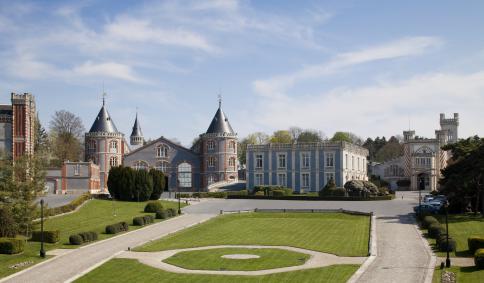
In the late 1800s, the Victorian English society set the tone and style for the entire world. Madame Pommery called on her architects to draw their inspiration from the preferred style of the English. The Elizabethan neo-Gothic style was very popular in Reims, with its turrets, crenellations, and donjon towers and red brick ties covered with a blue-grey façade. However, the avant-garde spirit was still prominent. Built on an H-shaped open plan, the buildings were arranged contrary to Champagne’s architectural tradition, according to which houses should face inward onto themselves, like 18th-century French mansions. There was however a concrete reason for the open plan: it made future expansion easier.
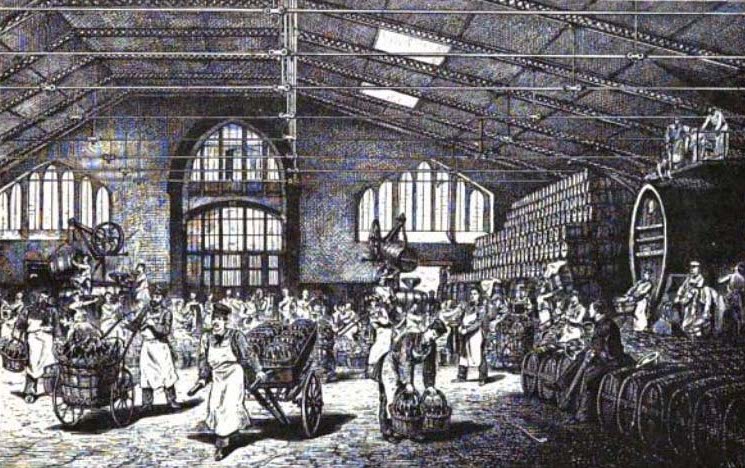
In matters of understanding the market, she was ahead of her time. She created Pommery Nature in 1874, the first brut champagne to meet with commercial success, thereby breaking with the tradition of very sweet wine. She instructed her cellar master to produce a champagne that broke away from the conventional wisdom of the times. Because Pommery Nature not only had less sugar than any other champagne made until then. It was also a vintage wine, rather than a non-vintage blend. This Brut style appealed to the British taste and was quite novel at the time.
Making this style champagne was risky because it would not mask any wine defects, like excessive acidity, with sugar, as was the norm. Now about 80% of all champagne sold is in the Brut style. A woman in a man’s world, she was a trailblazer that influenced the style of champagnes for decades to come.
Madame Pommery was one of the women who had a tremendous influence in Champagne. Pommery honors her legacy by producing a special series of champagnes called the “Louise Cuvées”. Cuvées Louise – Champagne Pommery
Louise Pommery died on March 18, 1890 in Chigny-les-RosCuvéees, near Reims. She was the first woman to receive a French state funeral. 20,000 people gathered in the streets of Reims to honour her great contributions to the city and the Champagne industry. A tribute was given by the French President, who issued a decree changing the name of Chigny, her country home, to Chigny-les-Roses, in ode to her love of roses.
Want to know more about her? Here’s a great and short video.

